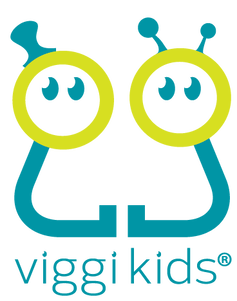|
It isn’t enough to learn formulas or memorize multiplication tables. Young minds need to experience math and have fun talking about it.
Starting Early is The Secret
Instead of treating math as a subject, parents and teachers can expose children to math concepts. The earlier, the better. As research proves, the earlier children become comfortable and competent with math concepts, the better they will perform in their academic career.
How to Use Math in Everyday Life
Children can be exposed to important concepts like scientific inquiry, spacial skills, problem-solving, language proficiency, reasoning, prediction and making connections by using everyday items and experiences.
What do early math experiences look like?
The Digit Widgit® Helps Children of All Ages Learn Math Concepts
Making math fun is our primary focus. By touching, experimenting and talking about what’s happening when using Digit Widgit®, students learn and develop skills in new, more memorable ways.
Sitting is the new smoking- and kids sit in class all day. Not only is sitting a health risk, this sedentary lifestyle also impacts a student’s academic performance.
Here are facts that should get your attention. How Movement Improves Learning 2 hours of just sitting reduces blood flow, lowers blood sugar, and increases risk of: obesity, diabetes and heart disease. Source The average U.S. 1st grader spends 943 hours a year in school. Source Physical activity increases levels of neurotransmitters dopamine and norepinephrine in the same way ADHD medications do. Neurotransmitters, dopamine and norepinephrine, play a key role in sharpening focus and increasing attention. Source 10 minutes of activity equals an 8% increase in on-task behavior. Source 8 of 9 studies found positive associations between classroom-based physical activity and indicators of cognitive skills and attitudes, academic behavior, and academic achievement; none of the studies found negative associations. Source 11 benefits of increased movement include: increases engagement, better oxygen flow to brain, improves behaviour, develops core strength, improves overall posture, burns more calories, releases excess energy, improves metabolism, improves mental health, higher academic performance, better overall health. Source The infographic below summarizes this data.
Children performed better on cognitive tasks when allowed to move freely |
Explore
All
What's the buzz?
"Since incorporating the Vidget in our classroom, I have noticed an improvement in attention span, participation, and regulation in my students"
Tara, Occupational Therapist "The little girl I used it with sat down and ate lunch which she usually does not do - she tends to stand or sit and wiggle in her seat."
Melanie, Director of Occupational Therapy "When Pearl is in a Vidget, her behavior is 100 times better than when she’d in a normal chair. She’s still has difficulty sitting for that long, but it makes a HUGE difference! Without it, she’s everywhere."
Lara, Pre-K Teacher Archives
April 2022
|
||||||||||||||||
inspire. play. learn.™Viggi Kids® is a registered brand of Viggi Corp.
800.213.3172 | 585.319.5319 | © 2024 Viggi Corp. |






